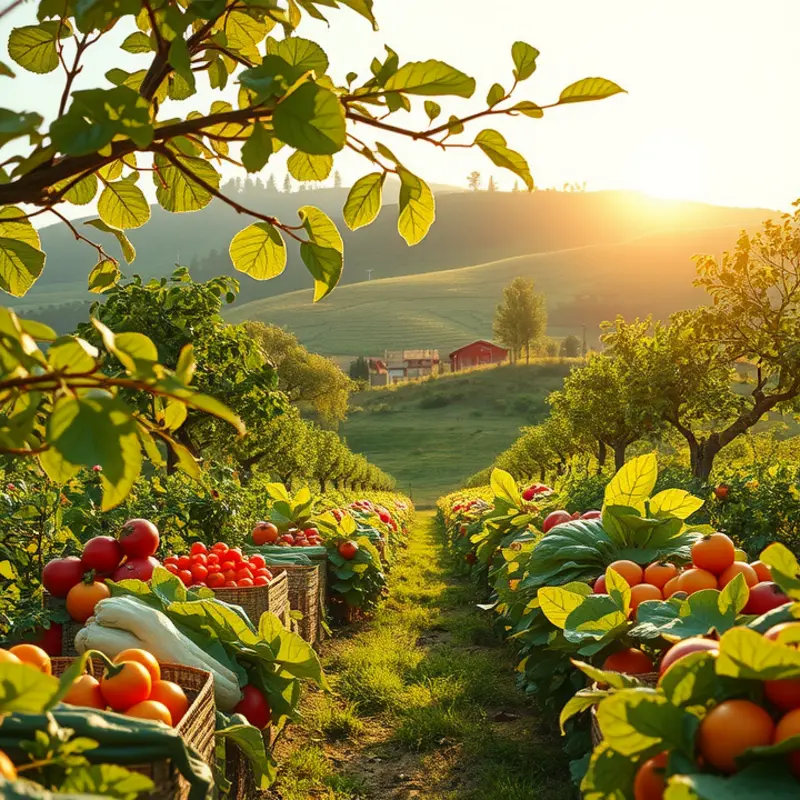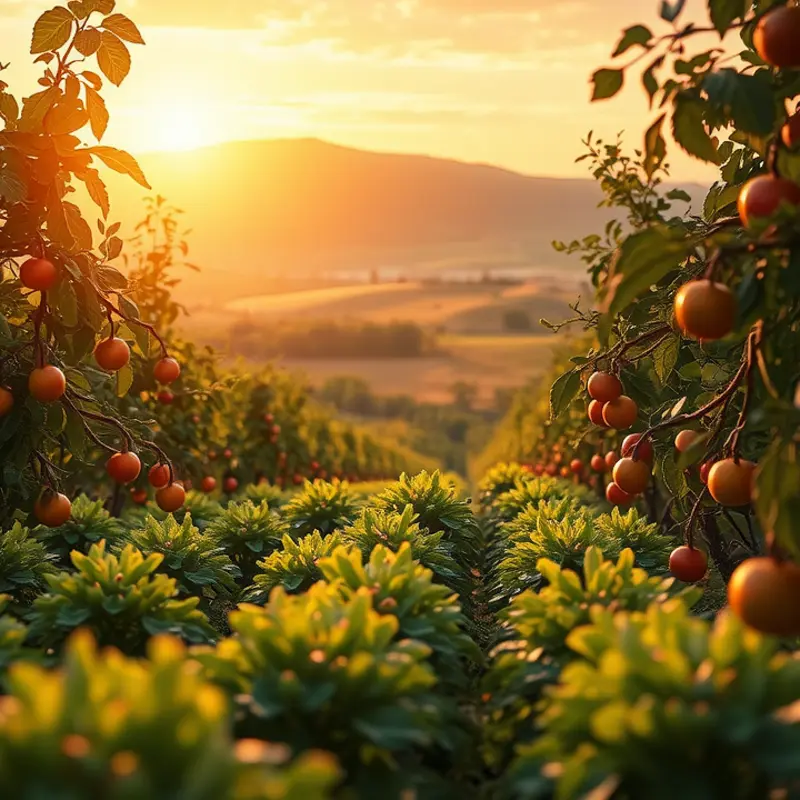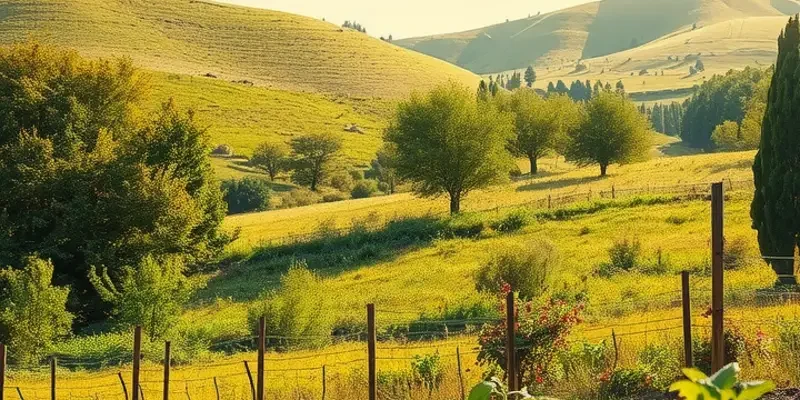Choosing the right foods can have a profound impact on the environment and our wildlife. When aiming to make eco-friendly food choices, understanding how our diet affects nature is essential. This guide delves into the importance of wildlife-friendly food selections and practical steps you can take to contribute positively to our planet. With commitment and awareness, our dietary habits can foster biodiversity and promote sustainability while ensuring that we leave a healthier world for future generations.
Understanding the Impact of Food Choices

Conventional agriculture, although crucial for feeding the growing population, has significant environmental repercussions. The expansion of farmland often leads to deforestation, resulting in the fragmentation of wildlife habitats. Forests, home to countless species, serve as vital ecological networks. When these are disrupted, it leads not only to the loss of biodiversity but also to increased carbon emissions, which contributes to climate change.
Water use is another critical concern. Agriculture accounts for approximately 70% of global freshwater withdrawals. The irrigation practices for crops and water demands of livestock strains water resources further. Excessive use can lead to the depletion of aquifers and affect aquatic ecosystems by altering water temperature and flow patterns, disrupting habitats for fish and other aquatic organisms.
Pollution from agriculture includes pesticide and fertilizer runoff into rivers and oceans, contributing to the phenomenon of eutrophication. This process creates ‘dead zones’ where aquatic life cannot survive due to oxygen depletion. It is essential to note that the harm extends beyond aquatic life; polluted water supplies can also affect human health through contaminated drinking water.
Crop production itself has nuances that impact the environment. The choice of crop, the method of cultivation, and the inputs required all play a role. Monoculture practices, which involve growing only one type of crop over a large area, are less resilient. This lack of biodiversity can lead to greater susceptibility to pests and diseases, driving increased pesticide use. In contrast, adopting polyculture, or diverse planting, can mitigate these risks, fostering a more balanced ecosystem.
Animal husbandry also poses environmental challenges. Raising animals for food contributes to methane emissions, a potent greenhouse gas, especially from cattle. Moreover, the land required to grow feed for livestock intensifies deforestation and habitat loss. By supporting wildlife-friendly agriculture, such as pasture-raised livestock systems, we can enhance biodiversity. These systems allow animals to graze in a manner that maintains soil health and reduces the need for synthetic inputs.
To make a positive change, consumers can pivot toward dietary choices that support sustainability. Opting for plant-based options, as detailed in easy plant-based eating, not only reduces the demand for resource-intensive meat products but also promotes healthier ecosystems. Supporting local and organic produce is another impactful choice, as it usually implies more sustainable practices and lesser reliance on harmful chemicals.
Ultimately, the path to a sustainable future involves informed decisions about where our food comes from and how it is produced. By understanding the profound effects of our dietary habits on wildlife habitats, water resources, and pollution levels, we can begin to reshape agriculture into a force for environmental healing and restoration.
Practical Approaches to Wildlife-Friendly Eating

Incorporating wildlife-friendly food choices requires thoughtful planning. By supporting local farmers, you not only get fresher produce but also contribute to sustainable farming practices. Local farms often maintain smaller, mixed-crop farms that encourage biodiversity and provide habitats for various wildlife species. Look for farmer’s markets or farm stands nearby, where you can engage directly with producers to learn about their techniques and choices.
Choosing organic produce is another step towards wildlife-friendly eating. Organic farming eliminates synthetic pesticides and fertilizers, reducing harmful runoff that can damage ecosystems. When you opt for organic, you support farming methods that preserve soil health and protect local flora and fauna. Organic certifications on your produce are markers of these mindful practices.
Reducing meat consumption is crucial for easing environmental stress. Livestock farming, particularly industrial operations, contributes significantly to habitat loss and pollution. By reducing meat intake, you help decrease the demand for these intensive farming practices. Consider incorporating more plant-based meals into your routine. For ideas on transitioning to plant-based eating, check easy plant-based eating.
Opting for seasonal produce not only ensures freshness but also aligns your diet with local ecosystems. Seasonal eating reduces the need for transporting food long distances, which lowers carbon emissions. Local produce is more likely grown in harmony with native wildlife, making it a more sustainable choice. Seasonality charts can guide your grocery shopping to align with local harvests.
Finding sustainable products is easier when you know what to look for. Certifications like Rainforest Alliance and Fair Trade indicate products that adhere to wildlife-friendly practices. These certifications suggest fair labor practices and conservation efforts in farming, ensuring the production processes are gentle on the environment.
Lastly, consider joining Community Supported Agriculture (CSA) programs. These programs strengthen the bond between consumers and small-scale farmers. Often, CSA farms implement practices that foster biodiversity and protect wildlife habitats. By becoming a member, you regularly receive a box of fresh, seasonal produce, often grown with wildlife conservation in mind.
Collectively, these strategies can transform your diet into one that is not only healthy for you but also beneficial for the planet. A green plate filled with wildlife-friendly choices paves the path for a more sustainable future.
Final words
Making wildlife-friendly food choices not only benefits Earth’s biodiversity but also satisfies our craving for delicious and healthy meals. By being conscious of the impacts of agriculture on wildlife, prioritizing seasonal and organic ingredients, and supporting sustainable practices, you can play a vital role in preserving our natural ecosystems. Together, we can create a more sustainable future by embracing food choices that care for our planet. Take small steps today towards becoming a more eco-conscious eater, as even the smallest actions can lead to significant changes across our communities and beyond.








